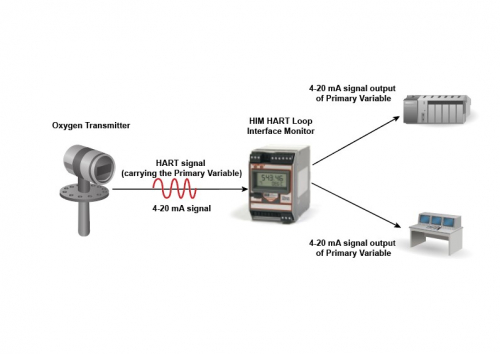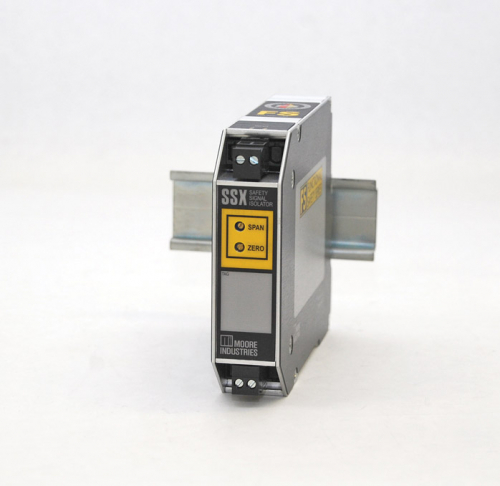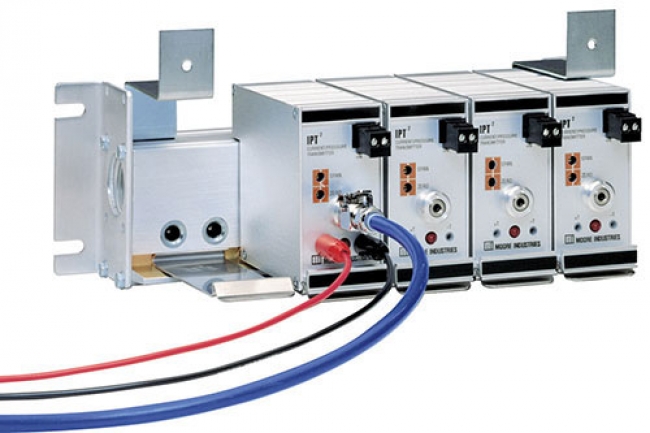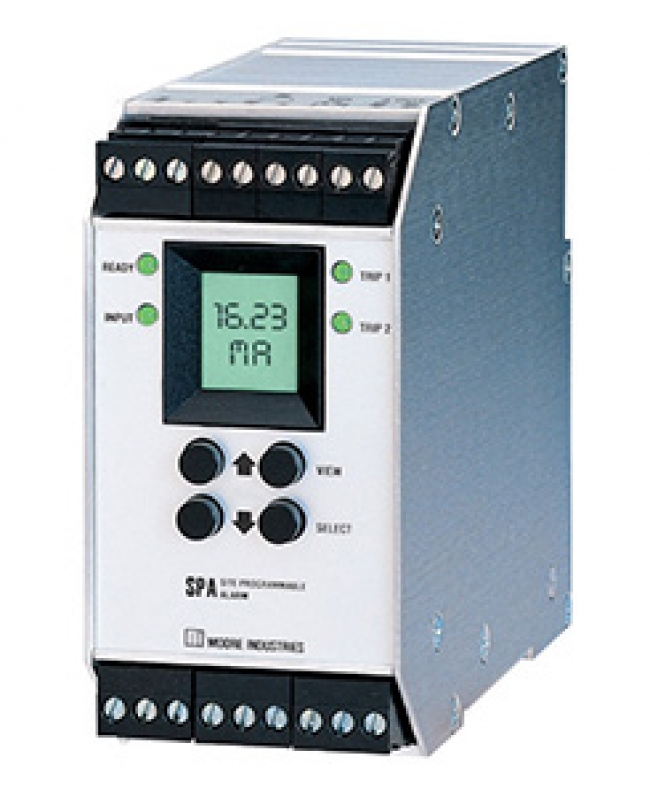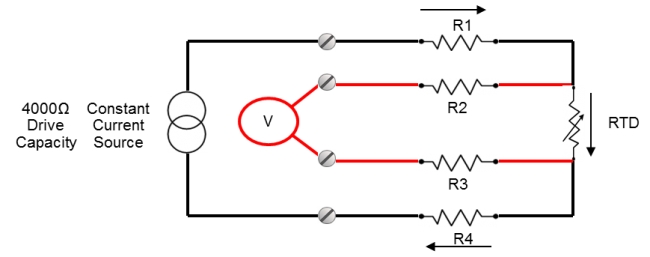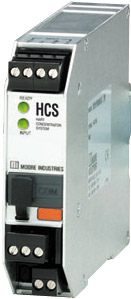 Q. What are the advantages and limitations of HART protocol or an instrument with MODBUS communication embedded? How many instruments can the HCS interface in the same loop? Are we able to read/write the five instruments at the same time using HART?
Q. What are the advantages and limitations of HART protocol or an instrument with MODBUS communication embedded? How many instruments can the HCS interface in the same loop? Are we able to read/write the five instruments at the same time using HART?
A. Today, a major advantage that HART and MODBUS RTU possess is industry- wide acceptance by users and manufacturers. HART-enabled transmitters, valve positioners, flowmeters, and other smart devices superimpose a digital signal upon their 4-20mA process signal. Combining digital communications with the 4-20mA DC signal provides flexibility of application for process control instrumentation and accommodates multiple variables and device self-diagnostics. HART field transmitters measure process parameters as well as generating a 4-20mA signal used for process control by a DCS, PLC or some other control system and are easily configurable or diagnosed with a HART handheld communicator (HHC). Several digital control system vendors offer a HART based systems for predictive maintenance that take advantage of the HART devices’ self-diagnostic capability. The disadvantage to HART is that the digital signal is slow. A maximum of 16 HART devices can be connected on a HART multi-drop loop. In that case, the analog signal is fixed to a value of 4mA.
The advantages of MODBUS RTU are that it is strictly digital (RS485) and it’s relatively fast but it does require at least two wires for signal and two wires for power; unlike HART that has signal and power over the same two wires. A significant number of MODBUS RTU addresses can be connected in multi-drop on the signal RS485 data link.
The HART Concentrator System HART-to-MODBUS RTU Converter (4-Wire) HCS is a HART Master (either the primary of the secondary master), and sends queries to the HART device(s). The HCS can communicate with up to 16 devices in multi-drop mode on one twisted pair loop. The collected data is stored in MODBUS RTU registers in the HCS. On the MODBUS side, the HCS is a MODBUS RTU Slave, so it responds to queries from a MODBUS RTU Master. The MODBUS RTU Master can only read data from the HCS. It cannot write data to the HCS with the intent to change settings in the HART device(s).
In a HART multi-drop loop, each instrument will have its own unique HART address. HART does not allow simultaneous communication to multiple instruments in a multi-drop loop. Instead a HART master or host has to poll each HART slave’s unique address and communicates with one HART device at a time. Moore Industries’ HCS HART Concentrator System converts a HART digital signal to a serial (RS-485 or RS-232) MODBUS RTU communication protocol. This allows HART transmitters and valves to interface directly with MODBUS-based monitoring and control systems. In point-to-point HART mode, the HCS concentrator system is set to monitor a single instrument. Wiring details for both single loop and multi-drop are shown in the HCS. In a multi-drop, the HCS sends queries and receives data from each HART instrument in turn. This follows the defined HART protocol.
Do you want more information? Download the data sheet. Or visit the catalog.
Need to get price or availability or have a technical question?
Send us a message using E-Help.



